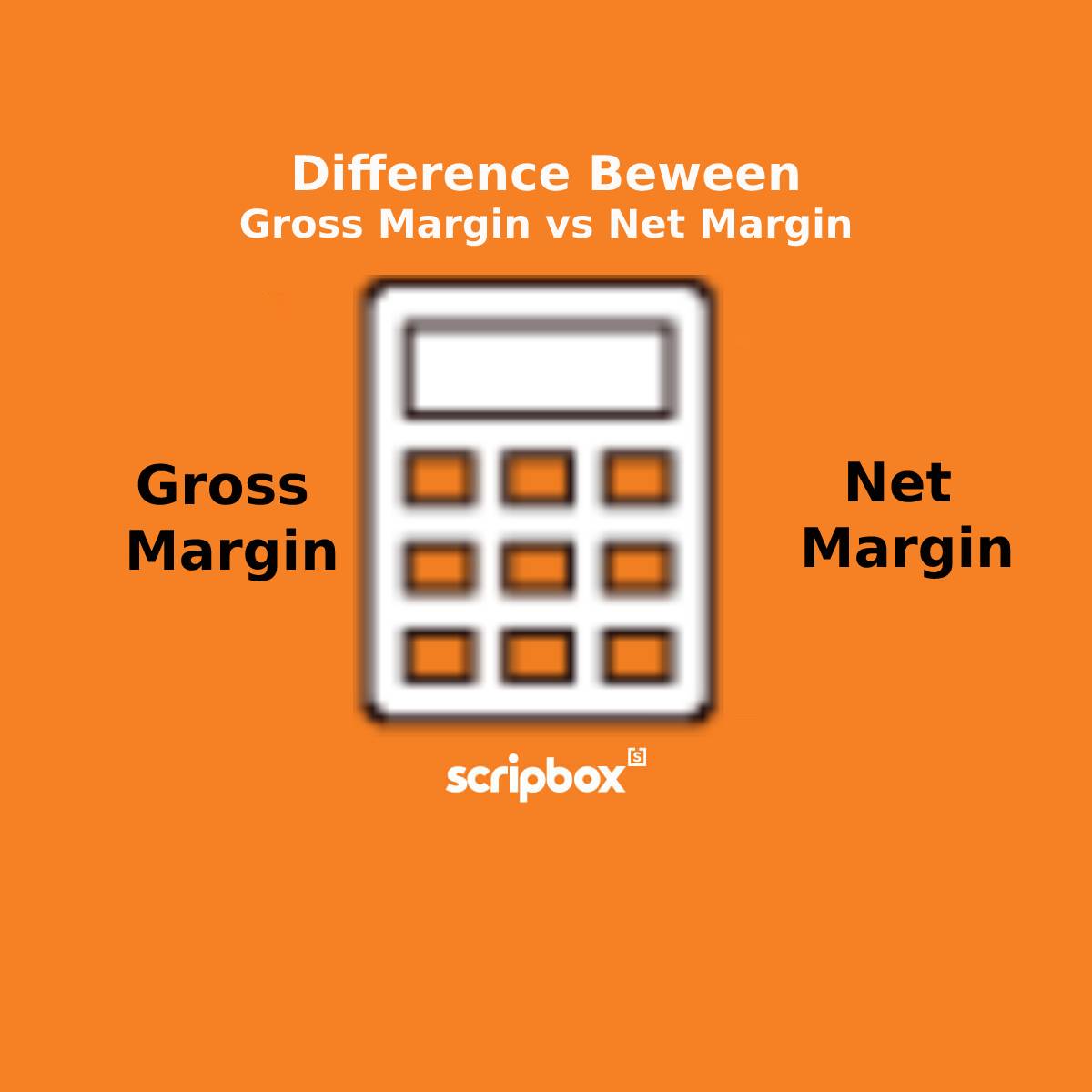What is the difference between fair value and market value?
Fair value is the actual value of an asset, based on fundamentals and financial position. It is derived by mathematical methods and is not affected by any of the market factors. In contrast, market conditions determine market value. Market conditions like supply and demand factors and also affected by the market forces.
The fair value of an asset remains the same. In other words, it does not frequently fluctuate like the market value. On the other hand, the market value of the asset is subject to change with the demand and supply factors.
Fair value is the most common valuation technique used as it gives an accurate and true valuation of the asset. On the other hand, market value isn’t a widely used valuation technique, as it doesn’t give the true value of the assets. The market value is derived from market factors.
Fair value is a globally accepted measure, while market value isn’t the valuation method that is often used.
Explore: Valuation of Shares
How is the fair value calculated?
Fair value refers to the price that both buyer and seller willingly agree. It is based on the assumption that both buyer and seller are knowledgeable and enter the transaction freely. Determining the fair price is quite challenging when there is no comparable market price. It should reflect open and willing negotiations.
One can calculate the fair value in three ways.
- Based on the market price
- Using comparable prices of similar assets
- Discounted cash flow method
Based on market price: One can determine it on the basis of the market price. The price can be quoted on the stock exchanges that are liquid and transparent.
Using comparable prices of similar assets: To determine the fair value of an asset under valuation, one can use the prices of comparable assets. For example, to determine the fair value of a house, one can check the prices of houses that are recently sold in the neighbourhood. This way they can determine the price of the house by taking the average of the prices the houses were sold for.
Discounted cash flow method: For assets that are unique and have nothing comparable or similar, one can use the discounted cash flow method. Here the value of the asset is estimated by the future cash flows. This method calculates the value of an asset today, based on the money it might generate in the future.
Why is fair value important?
The fair value determines the actual value of an asset and provides the most relevant timely estimates of the asset. It is an informative measure that supports immediate corrective actions and offers actual valuation for assets and liabilities. It looks into the actual income of the company. Also, it is a simple tool that one can apply to different types of assets.
It uses the fundamentals to arrive at the value of an asset. It is a popular fundamental valuation technique that businesses and companies adopt. Also, it gives the true image of the company, as one derives the value from the financials and business. The fundamental analysis helps in evaluating the stocks intrinsic value in order to find out the long term investment opportunities. The analysis considers the overall economic factors and elements such as interest rates, employment, production, earning, GDP, manufacturing, and management, etc.
Also, it is not the value of an asset during liquidation. It is the value that is fair to the buyer without putting the seller in a loss. Sometimes, it is difficult to determine the fair value for an asset. In such instances, the evaluator uses the cash outflow to purchase the asset and the cash inflows generated by employing the asset over its life. The value of the discounted cash flows becomes the fair value of the asset.
Is market value the same as selling price?
The market price represents the comparative prices for the same product, which should be the same as the selling price in healthy market conditions. However, the seller might evaluate the product at a higher value than the market price. Also, the buyer might see the product at a value lower than the market price.
Market value is the most recent price of an asset in the market. In comparison, the selling price is based on the market price and while alternately is based on the tax assessment. An ideal market condition, both the market value and the selling price of an asset will be the same. However, it rarely happens. The sellers in the market wish to sell the asset at a higher price than its current market value. Therefore, often there is some difference between both the market value and the selling price.
How do you calculate fair value gain or loss?
Fair value gain or loss is the difference between the fair values of an asset at the beginning and end of the accounting period. If the fair value at the end of the accounting period is higher than the value at the beginning, then it is fair value gain. Else, it is a loss.
To calculate gain or loss, one must first determine the fair value at the beginning and end of the accounting period. One can determine it in 3 ways. First, is to take the price of the asset from a liquid and transparent source like the stock market. This is the easiest way of calculating the fair value. Suppose the fair value of the asset isn’t readily available. In that case, the price of similar or comparable assets can be the base of calculating the fair value. The third method is to determine the value based on the income it would generate. This is called the discounted cash flow method and can be used when there is no comparable or similar asset.
























Show comments